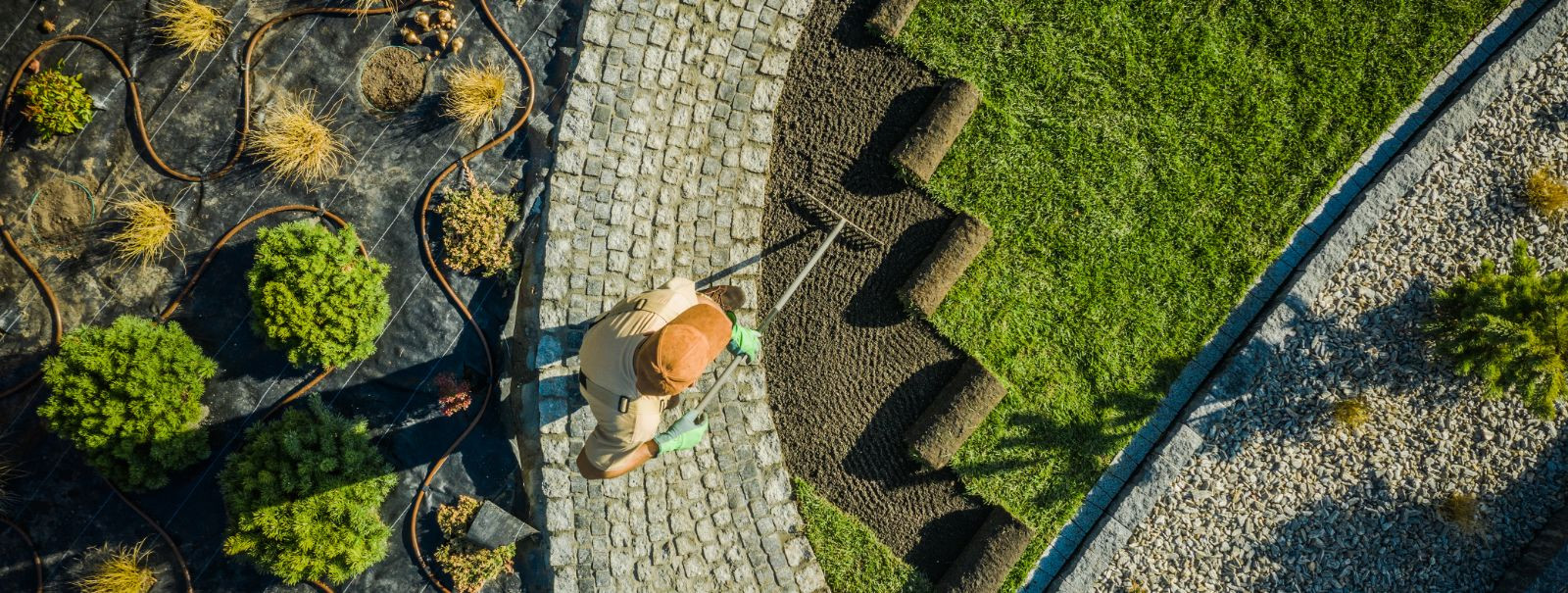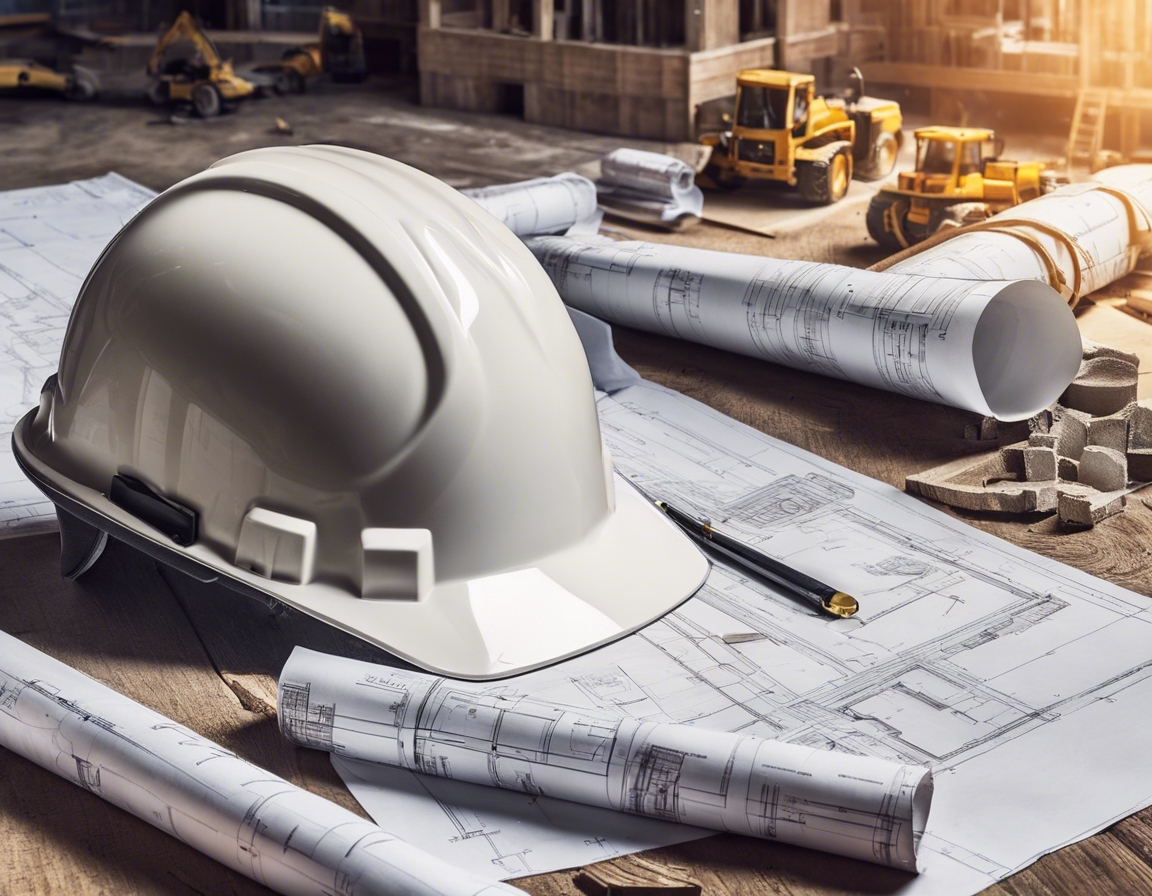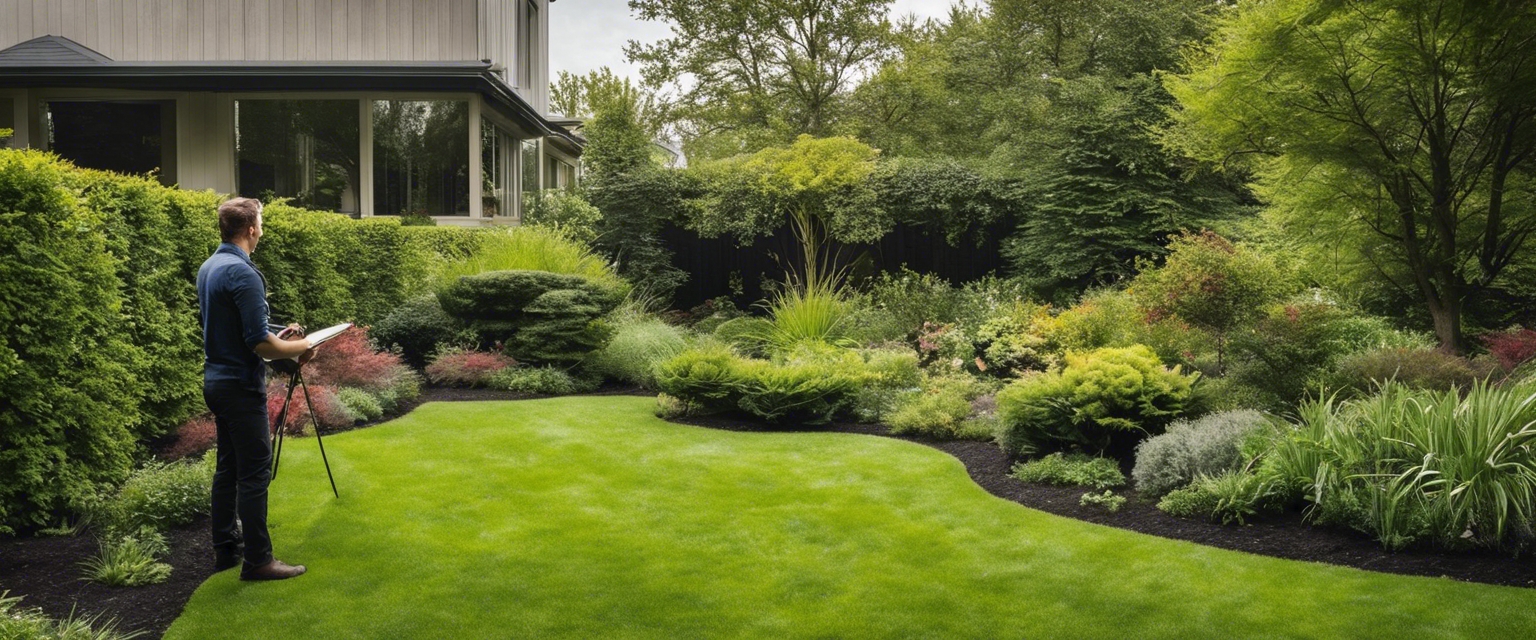5 trends shaping the future of sustainable landscaping
As the world becomes increasingly aware of environmental issues, sustainable landscaping has emerged as a critical aspect of responsible property development and renovation. This approach to landscaping focuses on creating ecosystems that are both beautiful and beneficial to the environment. It involves the use of practices and materials that minimize environmental impact and promote biodiversity.
Sustainable landscaping is a method that seeks to create outdoor spaces that are in harmony with the local climate, soil, and wildlife. It emphasizes the conservation of resources, the reduction of pollution, and the enhancement of the natural environment.
For homeowners, real estate developers, and local government bodies, sustainable landscaping is not just an ethical choice but also a practical one. It can lead to reduced maintenance costs, improved property values, and a healthier local ecosystem.
1. Native Plant Landscaping
Native plants are adapted to the local environment, requiring less water and maintenance than non-native species. They provide essential habitats for local wildlife and contribute to the ecological balance of the area.
Integrating native plants into landscaping projects involves careful selection and placement to ensure they thrive. It also means educating clients on the benefits and maintenance of these plants.
2. Water Conservation Techniques
Advanced irrigation technologies, such as drip irrigation and smart controllers, can significantly reduce water usage. These systems deliver water directly to the plant's roots, minimizing waste.
Collecting rainwater for irrigation and designing landscapes to minimize water use (xeriscaping) are becoming increasingly popular. These practices not only conserve water but also reduce the strain on municipal water supplies.
3. Urban Green Spaces and Rooftop Gardens
In urban areas, space is at a premium. Green roofs and vertical gardens are innovative solutions that utilize rooftops and walls to create green spaces.
Urban green spaces and rooftop gardens can reduce the urban heat island effect, improve air quality, and provide residents with much-needed greenery.
4. Edible Landscapes and Community Gardens
Edible landscaping involves the use of fruit trees, vegetable plants, and herbs within traditional garden designs. This trend not only beautifies the space but also provides fresh produce.
Community gardens are a form of edible landscaping that brings people together, fosters community engagement, and promotes food security.
5. Sustainable Hardscaping Materials
When it comes to paths, patios, and other hardscape elements, sustainable materials such as recycled plastic, reclaimed wood, and permeable concrete are becoming the norm.
Permeable paving materials allow water to infiltrate the ground, reducing runoff and improving water quality. Using recycled elements in landscaping not only reduces waste but also adds unique character to the space.






Comments (0)